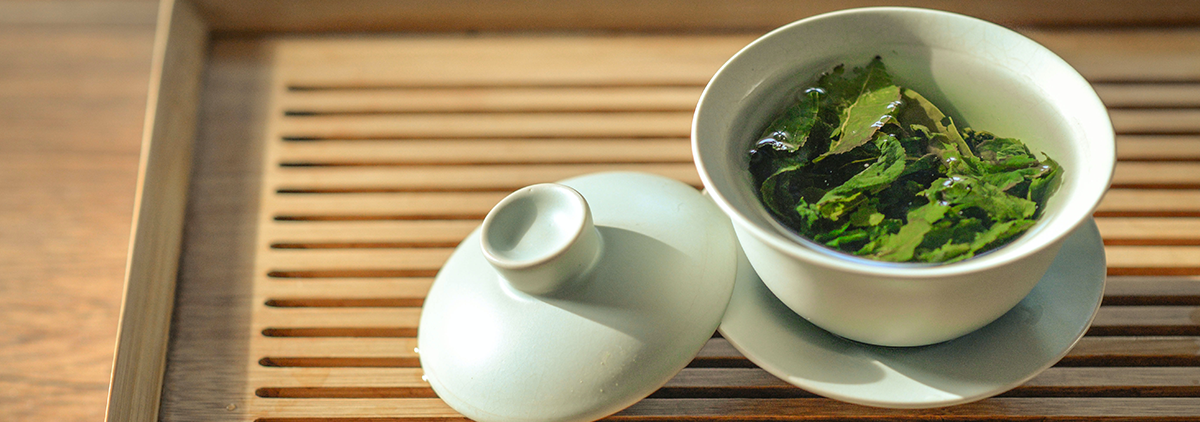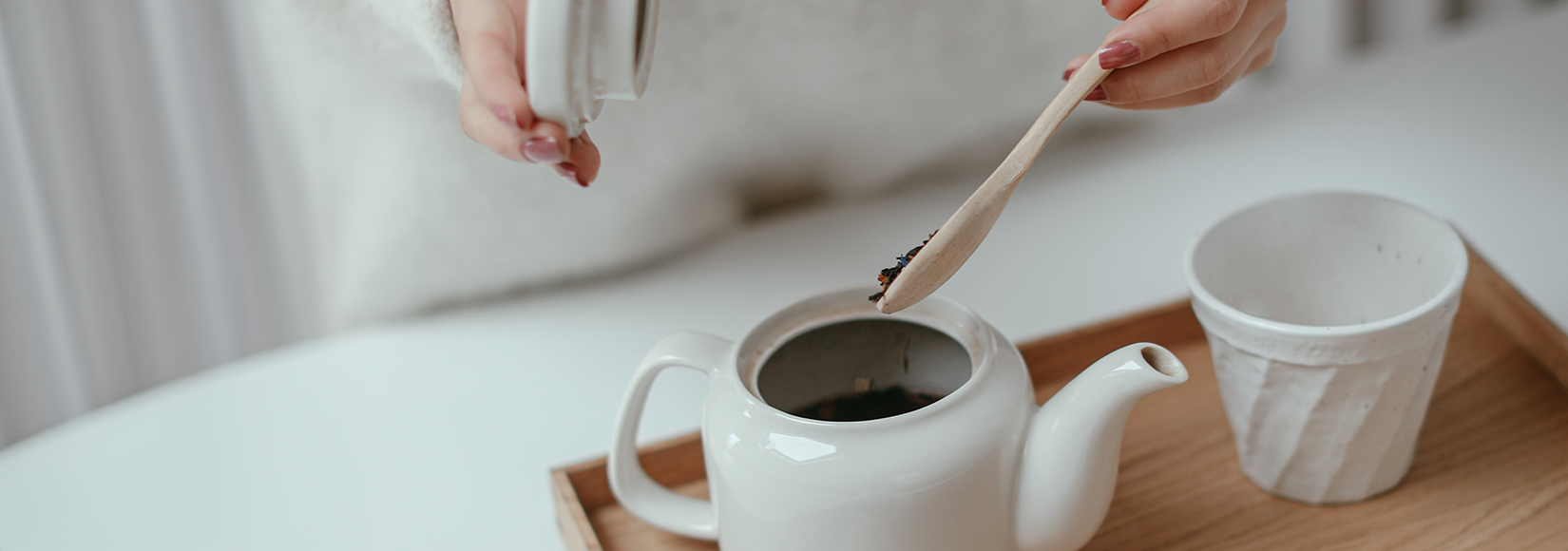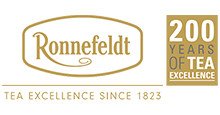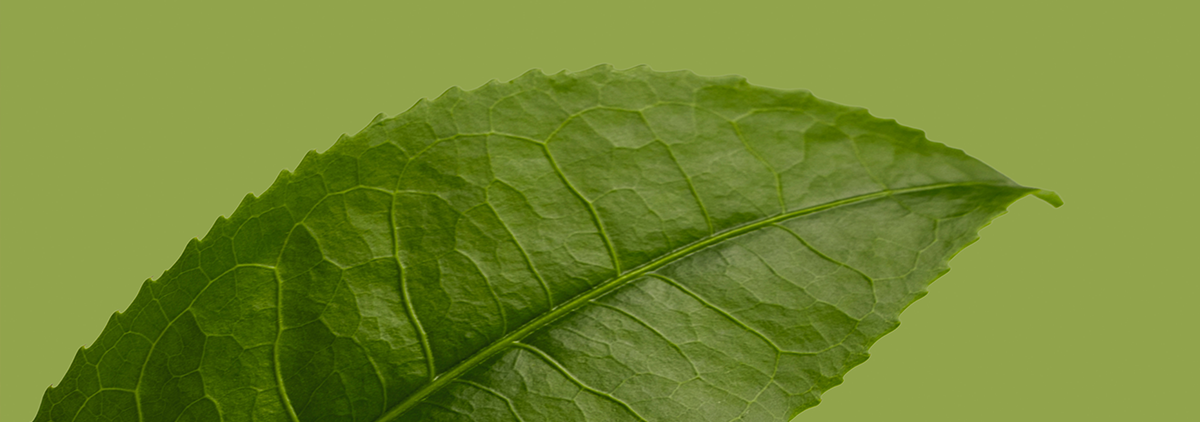
A Journey through the world of tea knowledge
Welcome to the world of tea, a universe filled with flavor, tradition, and secrets. Dive with us into the fascinating world of tea and discover the hidden treasures lurking behind every cup.
Tea is much more than just a beverage; it is an art form that enlivens the senses and touches the soul. But to experience the true magic of tea, it takes more than just a cup and hot water. It requires a deep understanding of the origin, preparation, and diversity of tea.
A Drink with Depth
Let's begin our journey by taking a look at the origins of tea. From the majestic tea plantations in the highlands of Asia to the mysterious ceremonies of Japanese tea house culture, each region and culture has its own story to tell about tea.
But the preparation of tea is also an art in itself. From the right temperatures to the optimal steeping time, there are a variety of factors to consider in order to create the perfect tea. And then there's the endless variety of tea types - from aromatic green teas to spicy chai blends to refreshing fruit infusions.
But knowledge about tea doesn't end with its preparation. It extends far beyond, encompassing the purported health benefits and cultural significances attributed to it. Tea is not just a beverage; it is a symbol of hospitality, friendship, and community.
Ronnefeldt Tea Academy®
And it is precisely here, in this realm of knowledge and experience, that the Ronnefeldt Tea Academy® finds its place. For tea enthusiasts and aspiring experts alike, the exclusive academy offers a unique opportunity to deepen their understanding of tea and discover new horizons in the world of tea. Whether you want to expand your knowledge to provide perfect service in your gastronomy, hotel, or tea retail business, or simply cultivate your love for tea, the Ronnefeldt Tea Academy® is the right place for you.
Training at the Ronnefeldt Tea Academy® ranges from the basics of tea to the Master Class, the Ronnefeldt TeaMaster® Gold, which is completed in the idyllic tea plantations of Sri Lanka. A wide range of seminars and courses allows participants to gradually deepen their knowledge and evolve into true experts in their field.
Each year, over 100 aspiring Ronnefeldt TeaMasters are trained, spreading their knowledge and passion for tea to the world. Additionally, around 20,000 employees worldwide benefit from the training offered by the Ronnefeldt Tea Academy®, significantly influencing the quality and understanding of tea in various industries.

Follow us for More Tea Knowledge
Would you like to learn more about tea as well? Then explore exciting articles and interesting facts in the Ronnefeldt Tea Magazine and follow us on our social media channels Instagram, Facebook, and LinkedIn. Let yourself be enchanted by the magic of tea. In this world of knowledge, there is still so much to learn and experience.




Water Temperature
The water temperature varies depending on the type of tea. Generally: Green and white teas require a lower temperature (around 70-80°C), while black and oolong teas require hotter water (around 85-95°C). Herbal and fruit teas should always be brewed with boiling water (100°C). Regardless of the type of tea, it's important to note that the water should always be boiled to 100°C first and then cooled to the appropriate temperature.
Steeping Time
The steeping time affects the taste of the tea. The longer the tea steeps, the stronger it becomes.
Amount of Tea Leaves
The right amount of tea leaves per cup depends on the type of tea and personal preferences. As a rule of thumb, you can use about one teaspoon of tea leaves per cup.
Water Quality
Use high-quality, fresh water and consider the hardness of the water to not affect the taste of the tea.
Tea Storage
Store tea in a cool, dry, and dark place to preserve its aroma and freshness. Airtight containers or tea caddies are best for storing tea.
Pre-warming the Teapot
Rinse the teapot with hot water before brewing to maintain the temperature of the tea during the brewing process and preserve its aroma.
However, these guidelines are not set in stone and can vary depending on personal preferences and types of tea. It's worth experimenting with different brewing methods to find the perfect tea for you.




Tea Knowledge To Go
Water Temperature
The water temperature varies depending on the type of tea. Generally: Green and white teas require a lower temperature (around 70-80°C), while black and oolong teas require hotter water (around 85-95°C). Herbal and fruit teas should always be brewed with boiling water (100°C). Regardless of the type of tea, it's important to note that the water should always be boiled to 100°C first and then cooled to the appropriate temperature.
Steeping Time
The steeping time affects the taste of the tea. The longer the tea steeps, the stronger it becomes.
- Green Tea: 2–3 minutes
- Black Tea: 3–5 minutes
- Herbal Tea: 5–8 minutes
- Fruit Tea: 8–10 minutes
Amount of Tea Leaves
The right amount of tea leaves per cup depends on the type of tea and personal preferences. As a rule of thumb, you can use about one teaspoon of tea leaves per cup.
Water Quality
Use high-quality, fresh water and consider the hardness of the water to not affect the taste of the tea.
- Hard Water: Robust black teas like Assam
- Medium Water: Nuanced, rather milder black teas as well as herbal and fruit tea blends
- Soft Water: Fine white and green teas as well as Darjeeling
Tea Storage
Store tea in a cool, dry, and dark place to preserve its aroma and freshness. Airtight containers or tea caddies are best for storing tea.
Pre-warming the Teapot
Rinse the teapot with hot water before brewing to maintain the temperature of the tea during the brewing process and preserve its aroma.
However, these guidelines are not set in stone and can vary depending on personal preferences and types of tea. It's worth experimenting with different brewing methods to find the perfect tea for you.
Did You Know...
Did you know that tea, beyond being a beloved beverage enjoyed worldwide, holds a wealth of fascinating facts and cultural significance? Let's delve into some intriguing tidbits about this ancient and revered drink:
Variety of Tea Types
There are over 3,000 different tea varieties worldwide, differing in taste, aroma, and manufacturing process.
Origin of Tea
The origins of tea lie in China, where it has been cultivated and enjoyed for over 5,000 years.
- Tea as Cultural Heritage: Tea has a long tradition and plays an important role in many cultures worldwide, from the Japanese tea ceremony to British afternoon tea.
- Tea Cultivation and Production: Tea is grown in over 40 countries, including India, Sri Lanka, Kenya, and Japan. The tea leaves are harvested by hand (orthodox method) or mechanically (CTC method) and then fermented, roasted, or dried, depending on the type of tea.
- Tea as a Beverage: In addition to its health benefits, tea is primarily a beverage that offers a variety of flavors and taste profiles, from floral and fruity to spicy and earthy. The opportunity to discover and taste different tea varieties makes drinking tea an exciting adventure for the senses.



